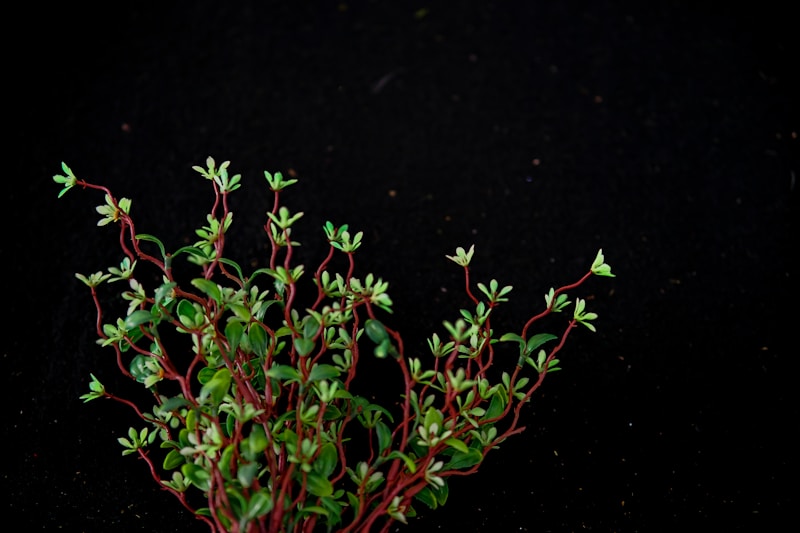Mastering the Art of Layering Colors in Wedding Fashion
The Importance of Color Layering in Wedding Fashion
When it comes to wedding fashion, the color palette plays a crucial role in setting the tone for the entire event. From the bride's dress to the groomsmen's suits, layering colors effectively can elevate the overall aesthetic and create a memorable experience. In this article, we will explore the art of layering colors in wedding fashion, providing tips, examples, and inspiration to help you achieve the perfect look for your special day.
Understanding Color Theory
Before diving into the specifics of layering colors, it's essential to understand some basic concepts of color theory. Colors can be grouped into three categories: primary, secondary, and tertiary. Primary colors (red, blue, yellow) mix together to create secondary colors (green, orange, purple). Tertiary colors are made by mixing primary and secondary colors.
Wedding color palettes often use complementary colors (colors opposite each other on the color wheel) or analogous colors (colors next to each other) to create visual harmony. Choosing a balanced palette sets the foundation for effective color layering.
Choosing Your Base Color
The first step in layering colors in wedding fashion is selecting a base color. This is typically the color that will dominate your palette. For example, if you choose a soft blush pink as your base color, you will look for colors that complement and enhance it.
Here are some popular base colors and their complementary counterparts:
| Base Color | Complementary Colors |
| Blush Pink | Cream, Sage Green, Light Gray |
| Navy Blue | Gold, Coral, White |
| Lavender | Lilac, Mint Green, Silver |
| Emerald Green | Peach, Bronze, Champagne |
Incorporating Layered Colors into Wedding Attire
Once you've established your base color, it's time to incorporate layered colors into your wedding attire.
For the Bride
The bride has the most freedom when it comes to layering colors in her attire. A classic white dress can serve as a canvas for a bold color choice in accessories, floral arrangements, or bridesmaids' dresses. For instance, if your base color is blush pink, consider a white gown accentuated with blush pink ribbons, floral crowns, or a bouquet featuring vibrant peonies and greenery.

For the Groom and Groomsmen
Layering colors in menswear can be more subtle but equally impactful. For instance, a navy suit can be complemented with a coral tie, a white shirt, and a light gray pocket square. Additionally, coordinating the groomsmen's attire with lighter or darker shades of the same color as the groom can create a visually pleasing effect.
Bridesmaids' Attire
Bridesmaids' dresses often present an excellent opportunity to layer colors. Allowing bridesmaids to choose dresses in various shades of the base color or in different styles can create a cohesive look that showcases individual personalities. For a blush wedding theme, you could opt for dresses in shades of dusty rose, light pink, and soft coral, layered with different fabrics like chiffon or lace.
Accessorizing with Layered Colors
Colors can also be layered through accessories, which can serve as the perfect finishing touch. Shoes, jewelry, and even makeup can incorporate the layered color scheme. For example, a bride in a classic white dress could accessorize with blush pink heels and gold jewelry to add a touch of glamour and dimension.
Flow of Color Throughout the Wedding
Beyond personal attire, the layering of colors should extend to the wedding décor, floral arrangements, and table settings. Using the base color as the main shade, you can layer in other complementary colors using centerpieces, linens, and even signage. For instance, a wedding featuring navy blue as the base color could include gold centerpieces, coral table runners, and white floral arrangements to create a visually enticing atmosphere.
Layering Colors in Wedding Photography
When planning your wedding, consider how the colors will translate in your photos. Layered colors can create depth and interest in photographs. Properly balanced colors will help ensure that your pictures capture the beautiful aesthetics of the event. Working with a photographer who understands the intricacies of color in wedding photography is essential.
Conclusion and Final Thoughts
Layering colors in wedding fashion can significantly enhance the beauty and individuality of your wedding day. By carefully selecting your base color, incorporating complementary shades, and thinking of color flow throughout the entire event—from attire to décor—you can create a harmonious and stunning visual experience. Remember that the key to successful color layering lies in balance; too many clashing colors can create chaos instead of elegance.
Finally, always keep in mind that your wedding is a reflection of your unique style and personality. Don't be afraid to experiment with colors and trust your intuition. Happy planning!